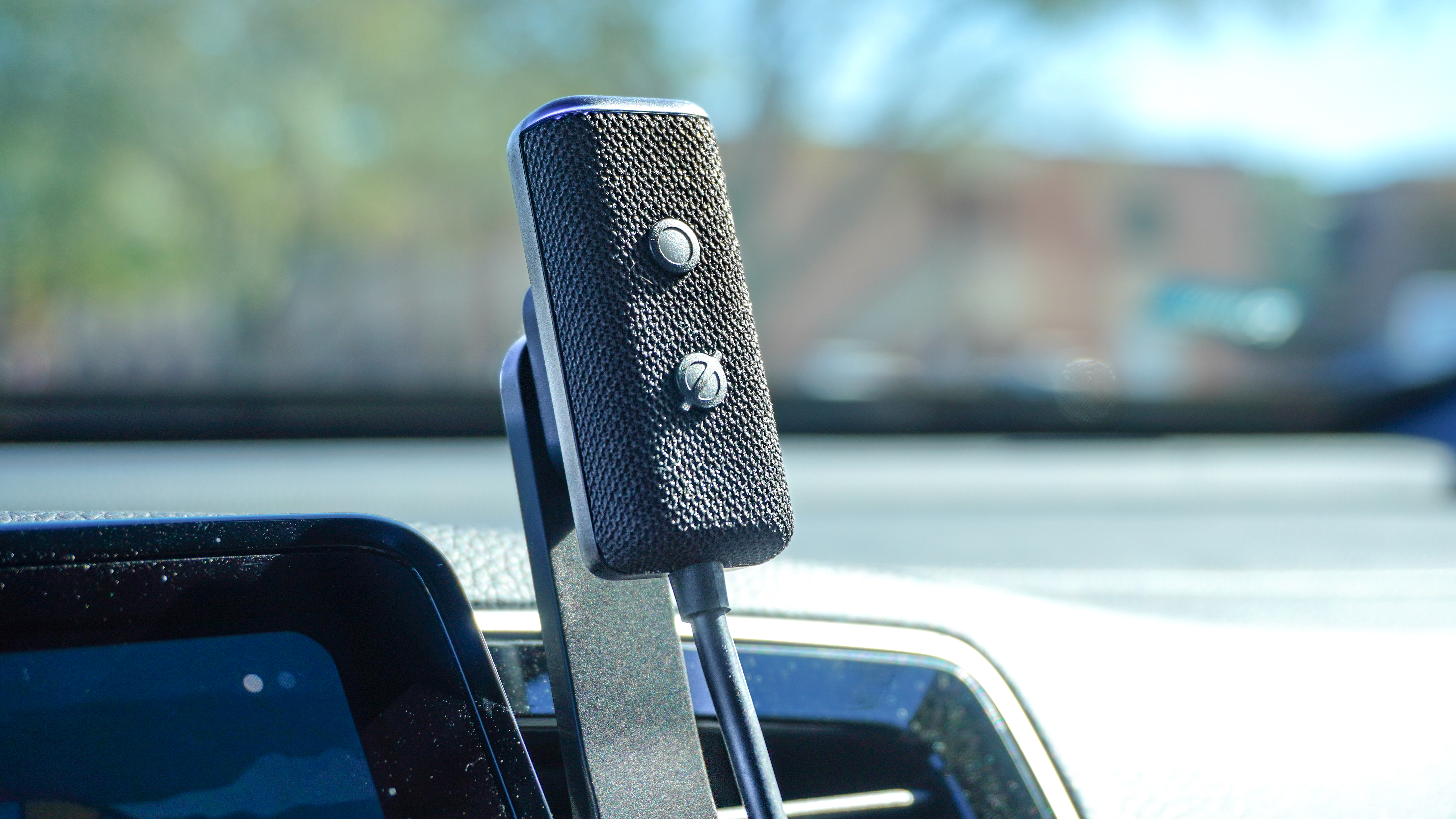Test Ride: Self-Driving Cabs Still Need Training Wheels
I drove around in two autonomous taxis at CES, which demonstrated that self-driving cars still have a long way to go.
LAS VEGAS — Riding in a self-driving cab is a completely uneventful experience — but that’s by design.
For all the headlines about self-driving cars that have dominated the news for the last few years, not many people have actually ridden in one. So Navya and Aptiv, two companies that have been working on autonomous cars for a long time, brought their vehicles to CES to show the public what the future of transportation could actually feel like.
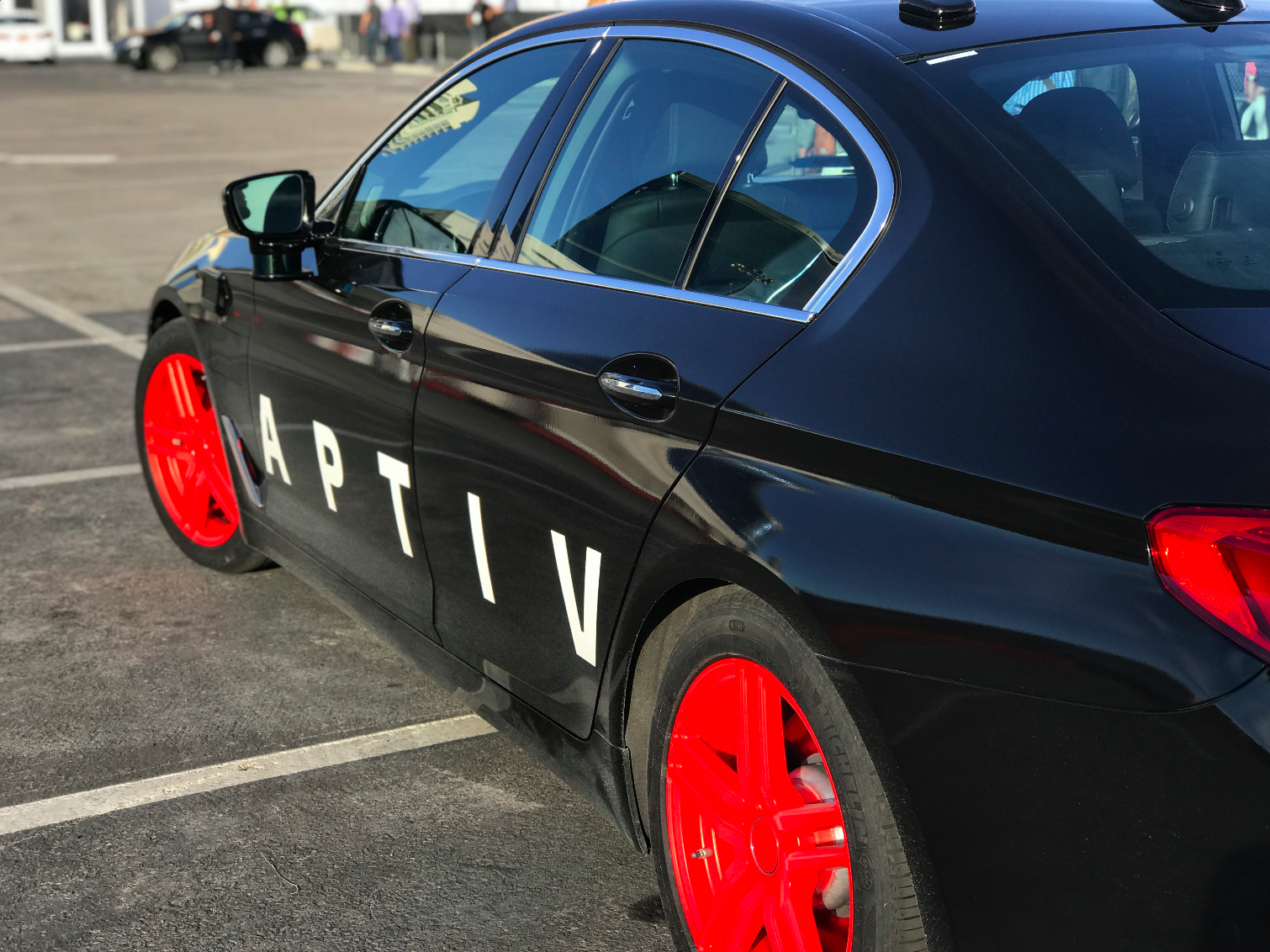
Both companies showed off autonomous taxi cabs: Navya’s taxi, called Autonom Cab, and Aptiv’s self-driving Lyft. I took a ride in both of them to see what hailing a cab could look like in a few years (or perhaps longer).
MORE: Tom's Guide CES 2018 Awards
Riding in the Autonom Cab was like being chauffeured around by a teen taking driver’s ed.
Navya’s Autonom Cab felt like the more futuristic of the two. It’s the first self-driving car to run autonomously from the beginning, so it doesn’t have a steering wheel. Instead, there are three seats facing each other on both sides of the car cabin. On the left side of the car is a touchscreen panel where you can watch movies, or find other ways to entertain yourself. On the right side is the door.
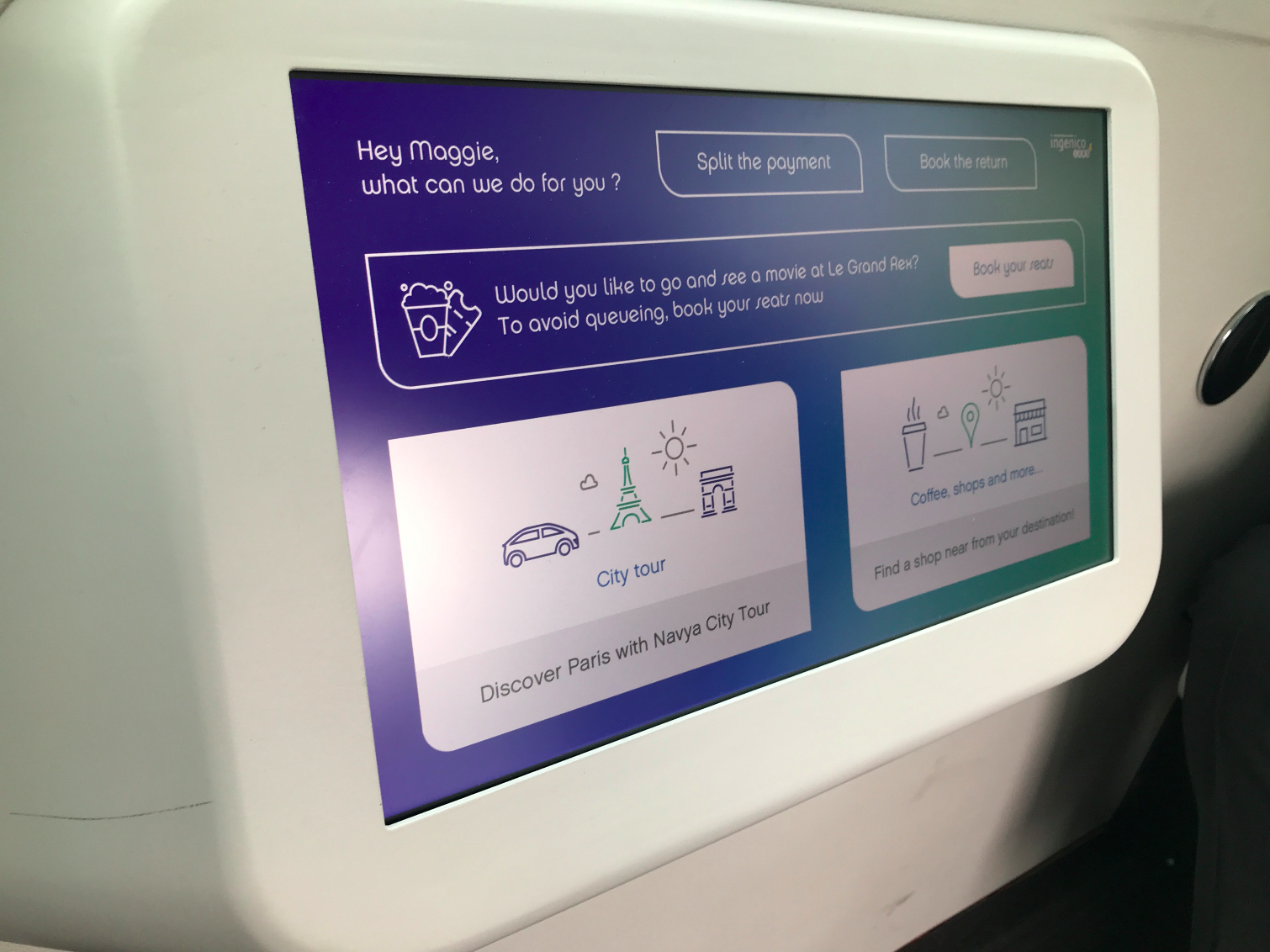
Aptiv’s Lyft rides were BMW 5 Series sedans retrofitted with LIDAR, radar and vision sensors in addition to GPS. Because the sedans have a steering wheel, a human being is required by Nevada law to be able to take control of it. A button on the steering wheel is repurposed to activate autonomous mode when you press it.
Both companies demoed how hailing a self-driving ride would work with an app. No surprise: Calling an autonomous car is the exact same process as requesting a regular one. But the rides themselves were completely different.
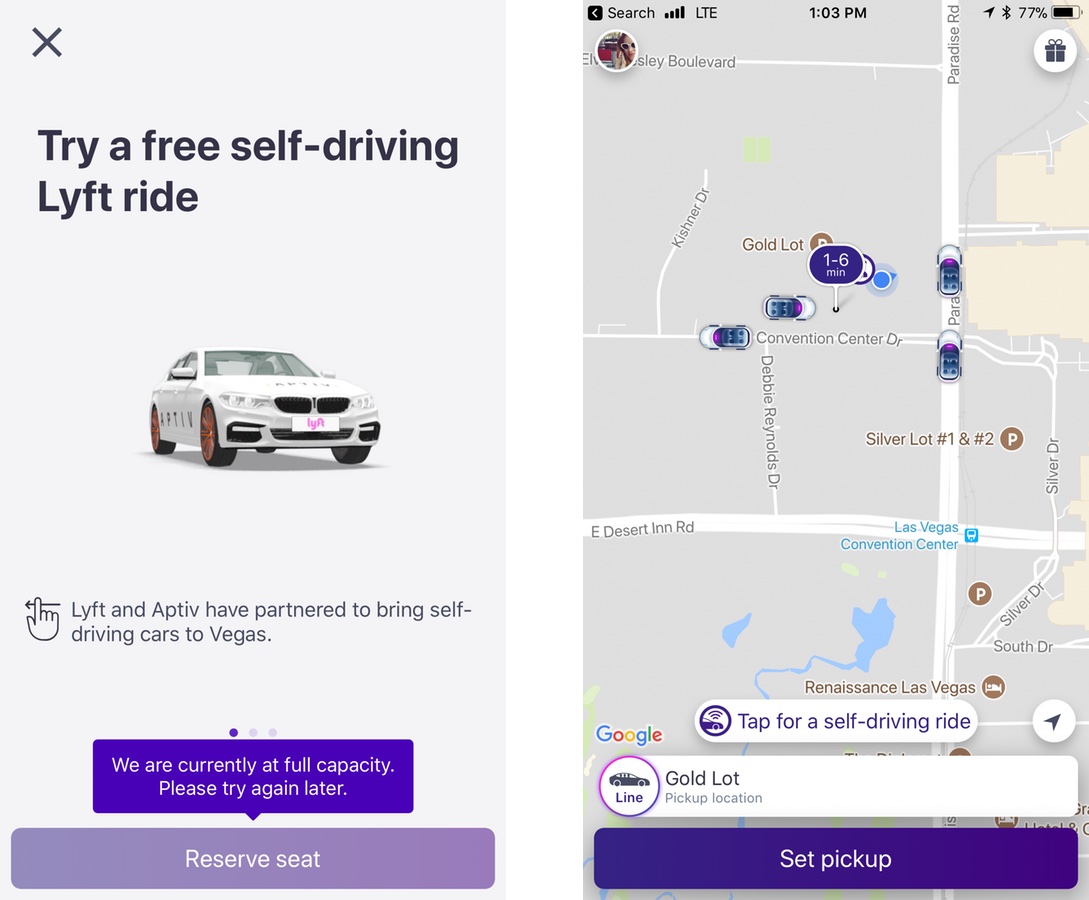
Navya’s Autonom Cab covered a predetermined course, about three and a half blocks around downtown Las Vegas. Navya and its partner Keolis have been operating an autonomous shuttle around downtown Vegas for a few months now, which made news when it was involved in an accident on its first day running. (That accident was not the shuttle's fault, but it was unfortunate timing.)
Get instant access to breaking news, the hottest reviews, great deals and helpful tips.
While I felt every bit of the technology that went into making the Autonom Cab, the self-driving Lyft was notable in how totally unremarkable the drive was.
The shuttle will always follow a preset route, but the cab can take people wherever they want to go, which is a far more challenging prospect.
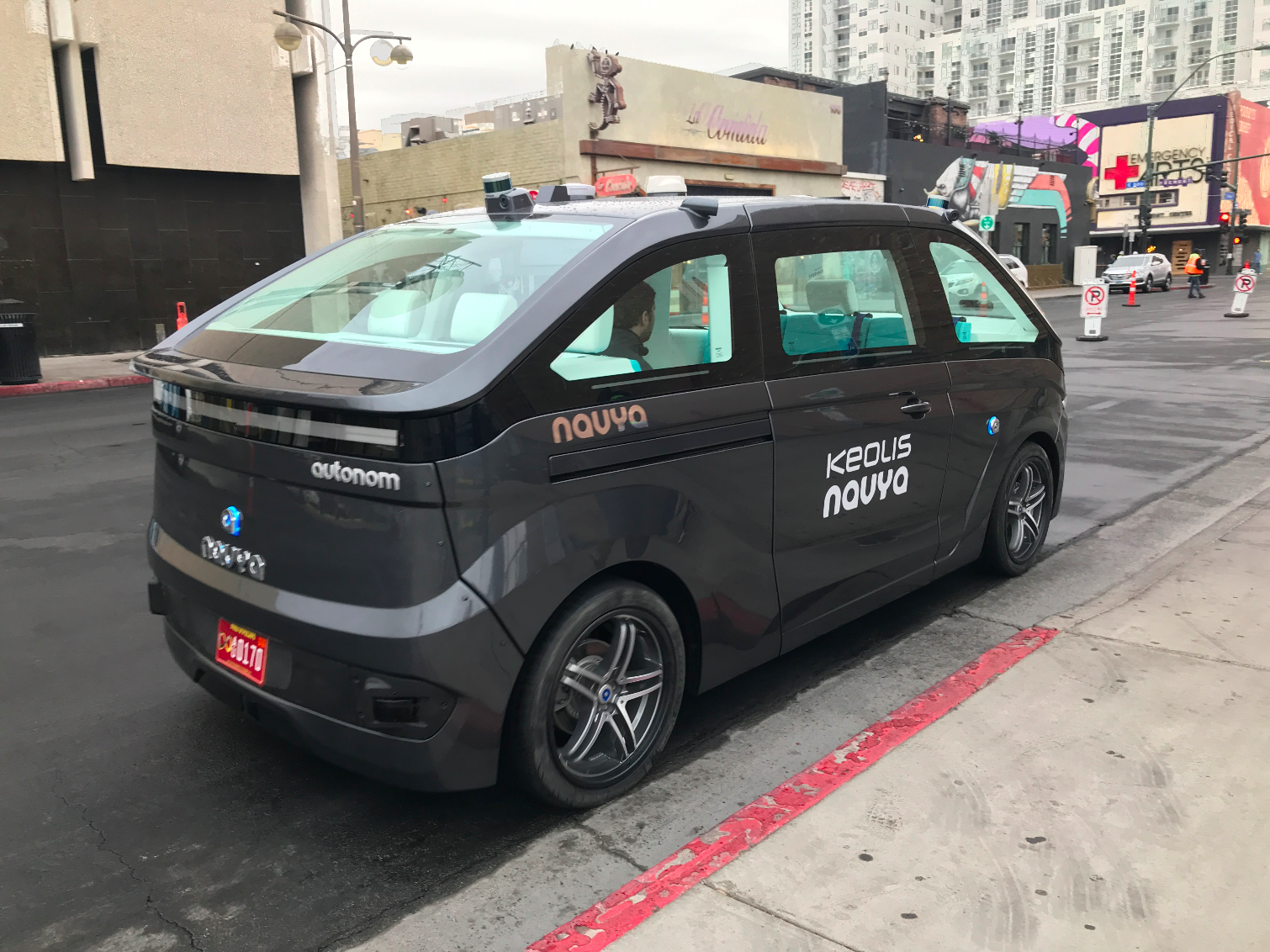
Riding in the Autonom Cab was like being chauffeured around by a teen taking driver’s ed. The car braked sharply at stop signs, and creeped slowly through intersections, even at green lights.
The Autonom Cab can reach speeds of 55 mph, but will average 30 mph on city streets. It was an extremely cool experience, especially seeing the cab’s sensors at work when the vehicle made a right turn, and a bicyclist entered the intersection at the same time. The cab slammed on the brakes and wouldn’t start moving again until the cyclist (who was gaping at the car with no driver inside) had cleared the intersection.
While I felt every bit of the technology that went into making the Autonom Cab, the self-driving Lyft was notable in how totally unremarkable the drive was. As we cruised the streets surrounding the Las Vegas Convention Center side and turned onto Las Vegas Boulevard, it felt like being driven around by my mom, who is a normal but slightly-more-cautious-than-average driver.
The car changed lanes like a human being would, and it braked smoothly, unlike Navya’s cab. It always seemed to know when a stoplight was up ahead, thanks to transceivers that the city of Las Vegas allowed Aptiv to place on the lights, which communicate with its cars.

The only sign that this car was driving itself was a giant dashboard display showing the sensors at work, with outlines of cars and blue dots to signify people moving. Oh, that and a loud announcement over the car speakers every time the person behind the wheel activated the car's autonomous mode.
Like Navya’s cab, the autonomous Lyft had a tablet designed for entertaining backseat passengers (although the one I rode in didn’t show anything). It’s not hard to imagine a future where your self-driving car whisks you to work while you answer emails or catch up on the news in the backseat.
But there are plenty of challenges for self-driving cars to tackle before that future becomes a reality. Autonomous vehicles have to deal with unexpected but common road conditions, like bad weather and bad drivers. A self-driving car still can’t adapt to police directing traffic when a stoplight malfunctions. And tech companies have to navigate the complex state laws around self-driving cars.
You won’t be able to hail a self-driving Lyft or Autonom Cab in your city anytime soon. Aptiv user experience designer Nandita Mangal, who guided my Lyft carpool, said that self-driving cabs will most likely start rolling out in 2030.
That seems like a long time to wait, but there’s too much at stake to rush autonomous cars onto the road. The future may be just around the corner in some respects, but the demos I saw at CES prove there’s still a ways to go.
Caitlin is a Senior editor for Gizmodo. She has also worked on Tom's Guide, Macworld, PCWorld and the Las Vegas Review-Journal. When she's not testing out the latest devices, you can find her running around the streets of Los Angeles, putting in morning miles or searching for the best tacos.
-
kep55 The one thing I've yet to see addressed with these "autonomous" or "self-driving" vehicles is will they work in bad weather. As in snow, sleet, slush, heavy rain, etc. Or are they limited the Death Valley in August conditions only.Reply
